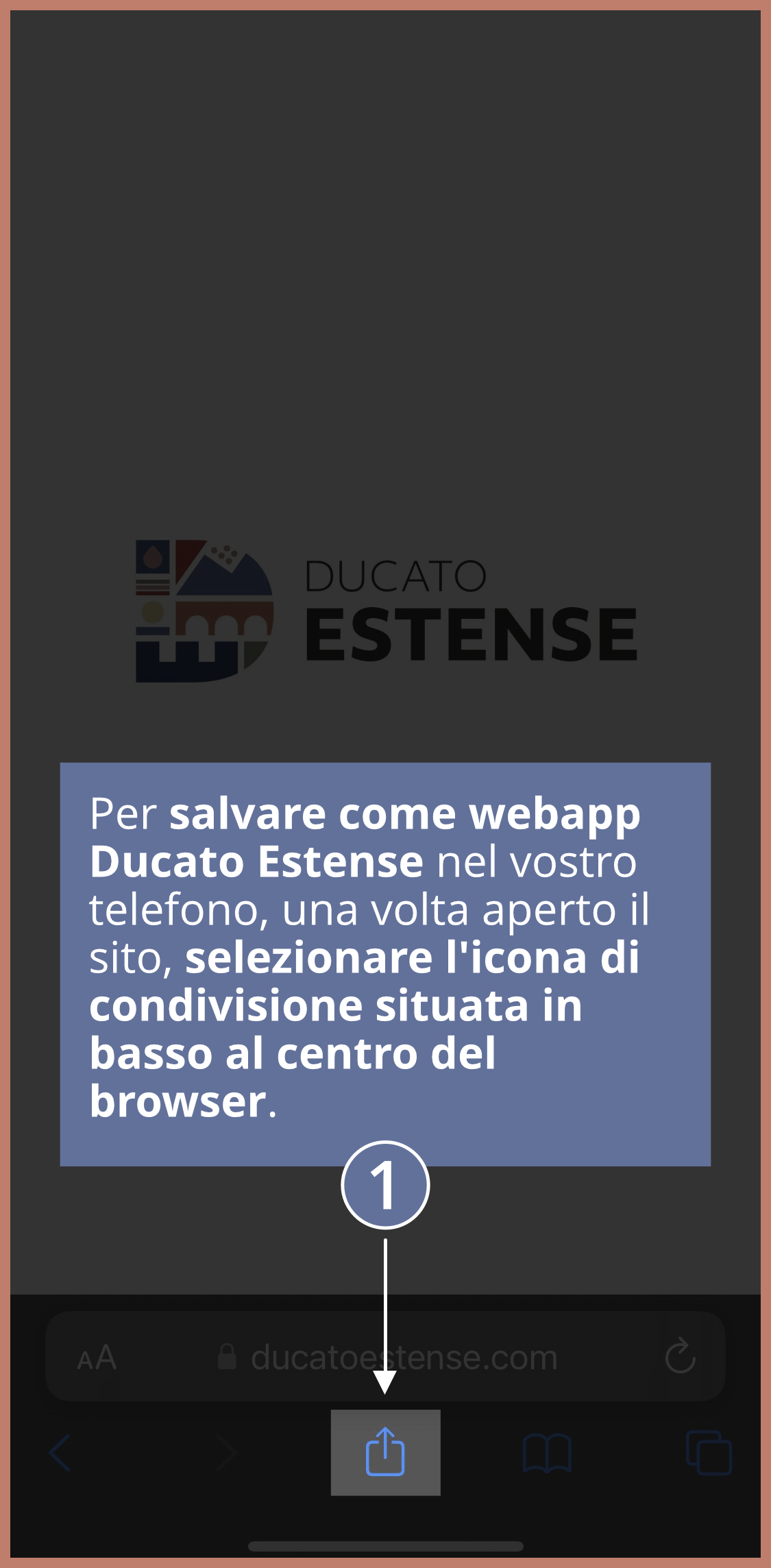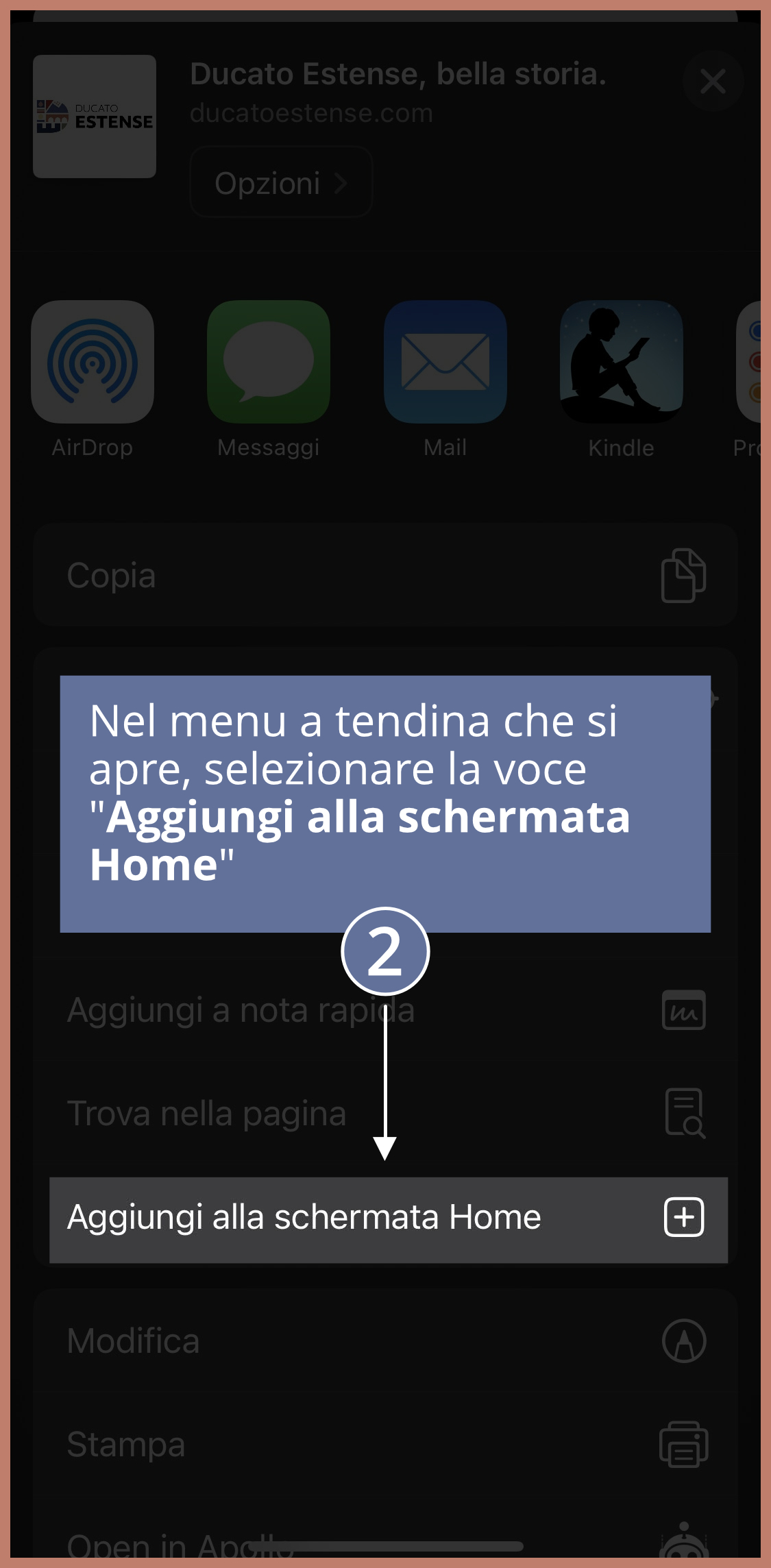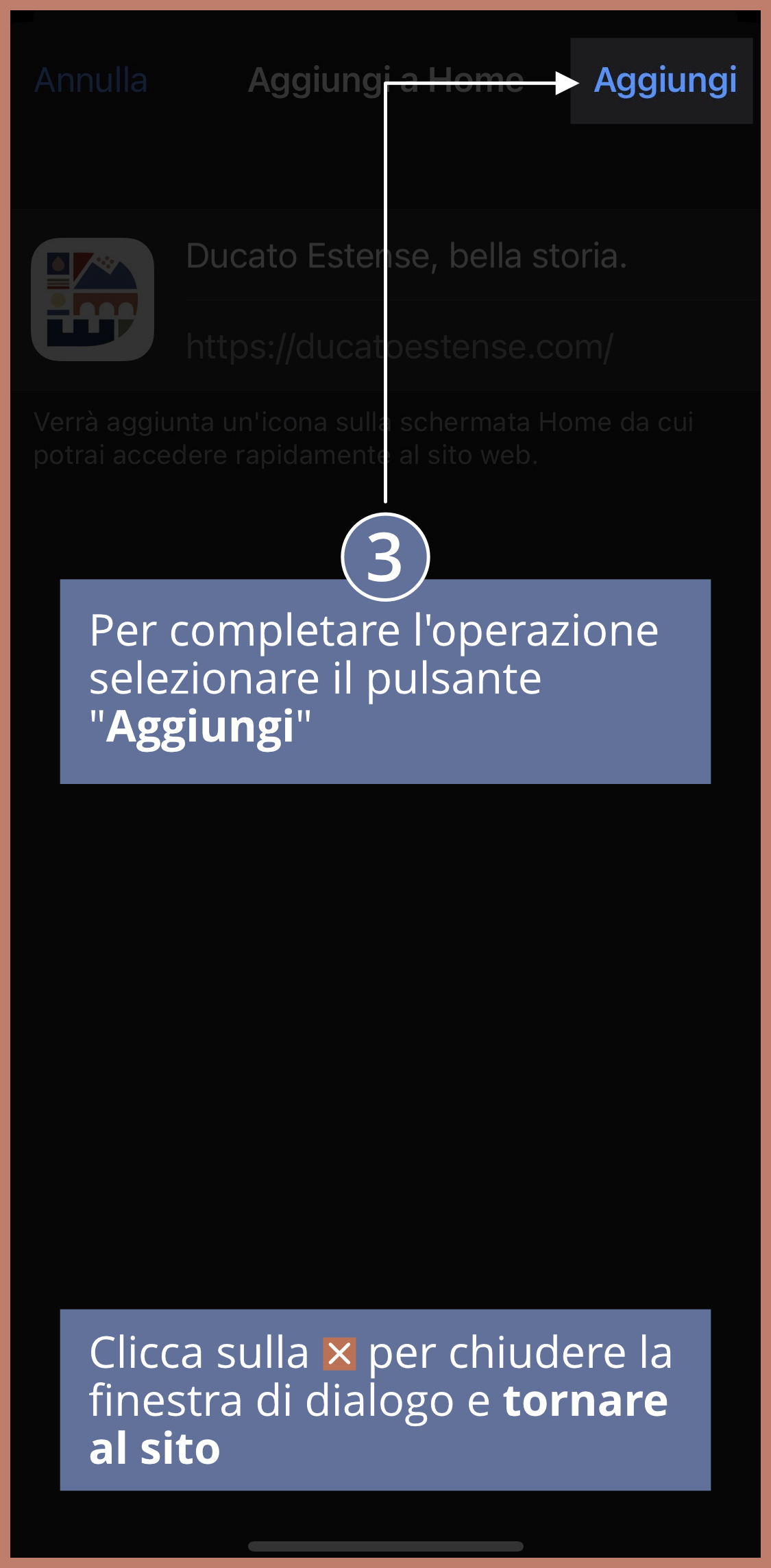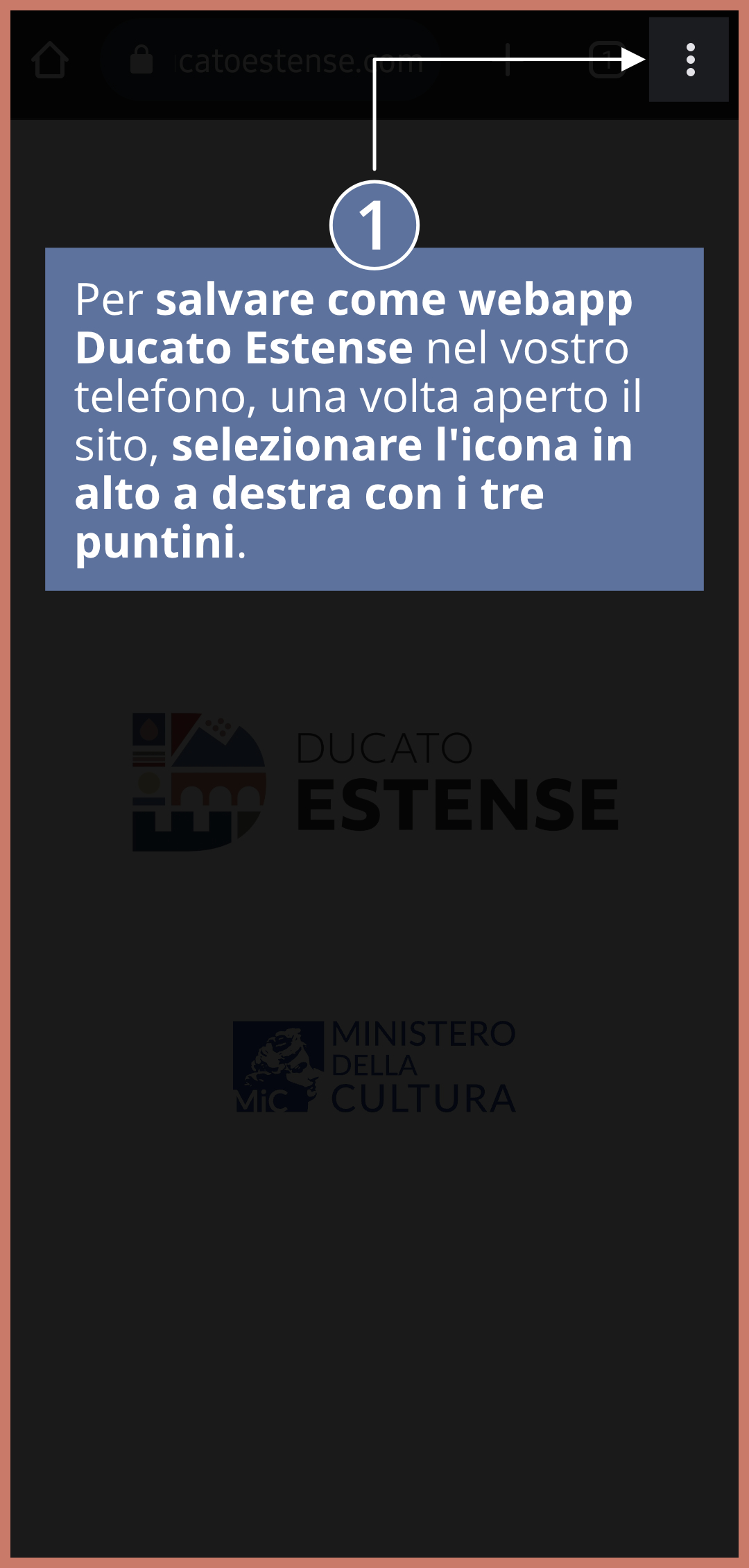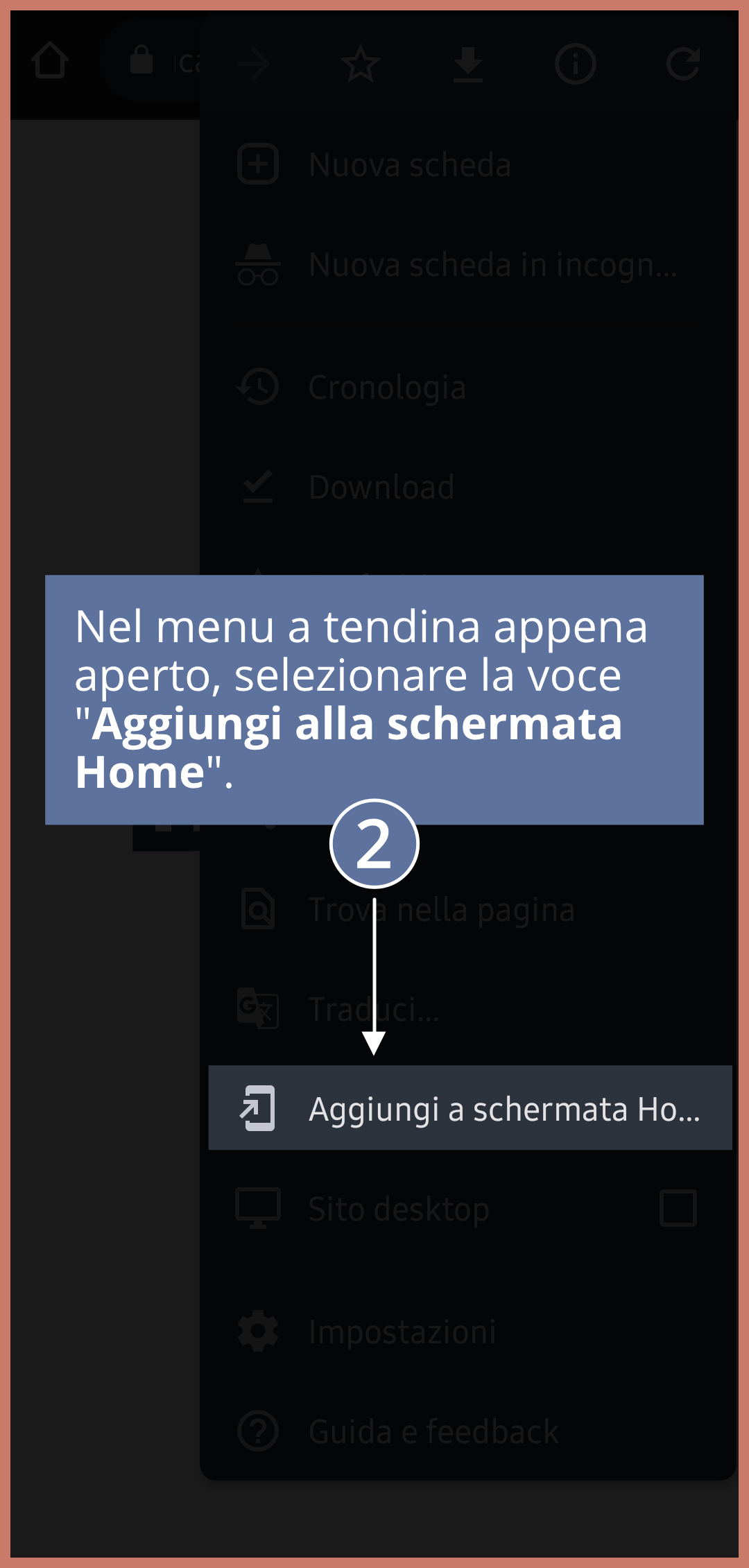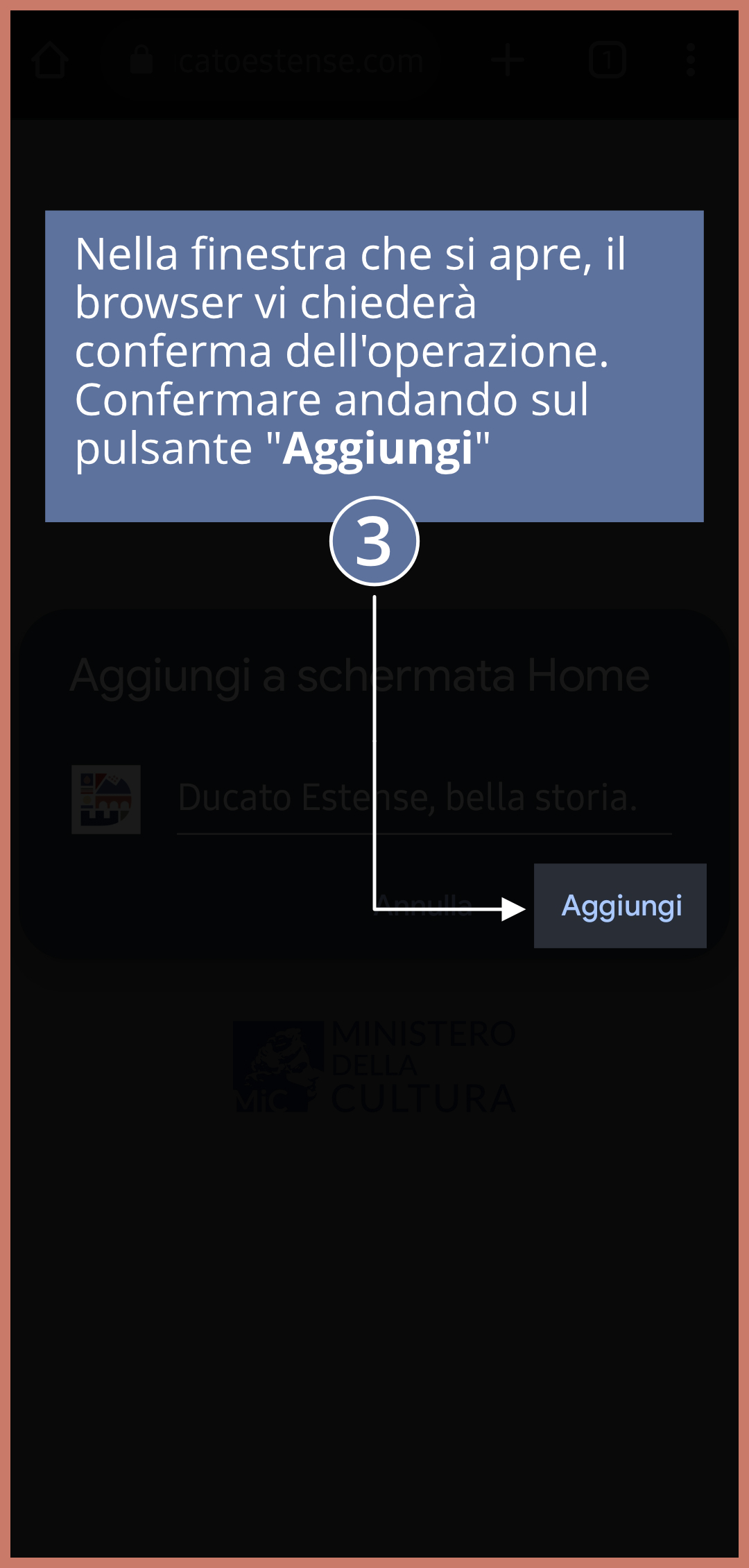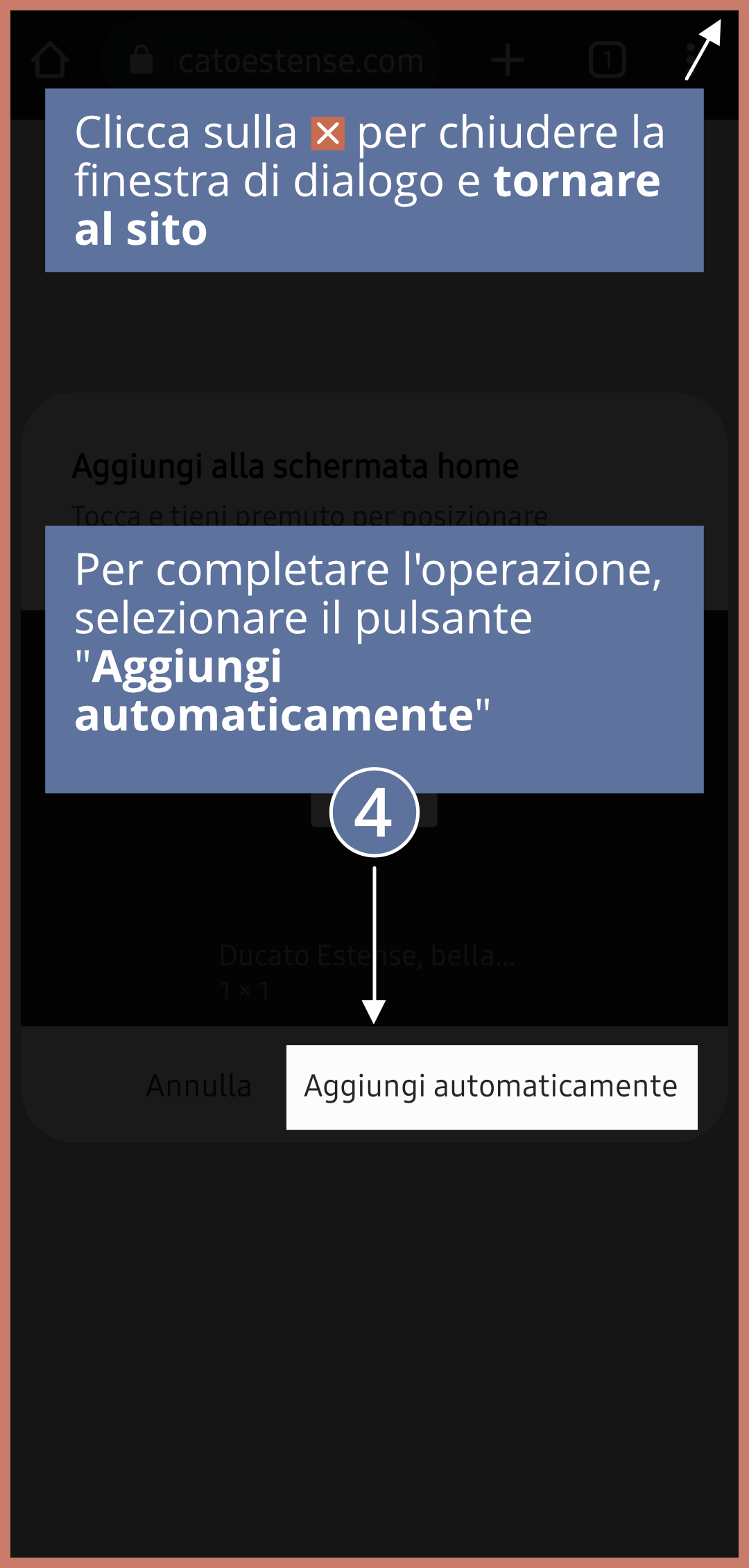Maria Teresa Sambin
Casa Romei
Eleonora d'Aragona, Ippolito II d'Este
Borso, Eleonora d'Este, Ercole I, Laura Dianti, Leonello, Lucrezia Borgia, Lucrezia d'Este, suor Eleonora d'Este, suor Lucrezia d'Este
Andrea di Pietro, Battista Dossi, Biagio Rossetti, Desiderato, Dosso Dossi, Filippo Vecchi o del Vecchio, Gian Galeazzo da Milano, Giovan Piero Pelizzoni, Giovanni da Vento, Girolamo Bonaccioli, Leonardo da Brescia, Ludovico Settevecchi, Nicolò Rosselli, Ottaviano Cariboni, Tiberio Vargas
Casa Romei is a rare example of a patrician residence from the transition between the Middle Ages and the Renaissance. Built starting in 1443 by Giovanni Romei, a Ferrarese merchant and banker, who had quickly risen to the top of the city’s society, it was already habitable by 1445, although destined to be enlarged through subsequent interventions until it reached a much larger size than the building extant today. The building does not adhere to the canons of symmetry and regularity that only later would become established as formal and organisational canons for new buildings. Although its four sides were built at different times, one of which is punctuated by baldrescas, the courtyard is, in its irregularity, an extraordinary example of harmony, which still captures the imagination of visitors today.
Among the numerous 15th-century paintings preserved in Casa Romei are the rooms of the Sibyls and Prophets, the decorative floral wall hangings in the courtyard, and the personifications of the Continents and Liberal Arts in Giovanni’s dressing rooms facing the second courtyard on the upper floor. With the death of the founder in 1483, the building passed to the adjacent monastery of Corpus Domini, for which the Este family had a special regard. Thus, in the 16th century, the alterations and embellishments continued, to enrich the lodgings of Eleonora and Lucrezia, sisters of Alfonso I, both of whom were abbesses of the monastery at different times.
via Savonarola, 28-30
FERRARA
Ferrara
via Praisolo
Open to visits
Laic ceremony (Triumph, ephemeral apparatuses, court transfer,...)
